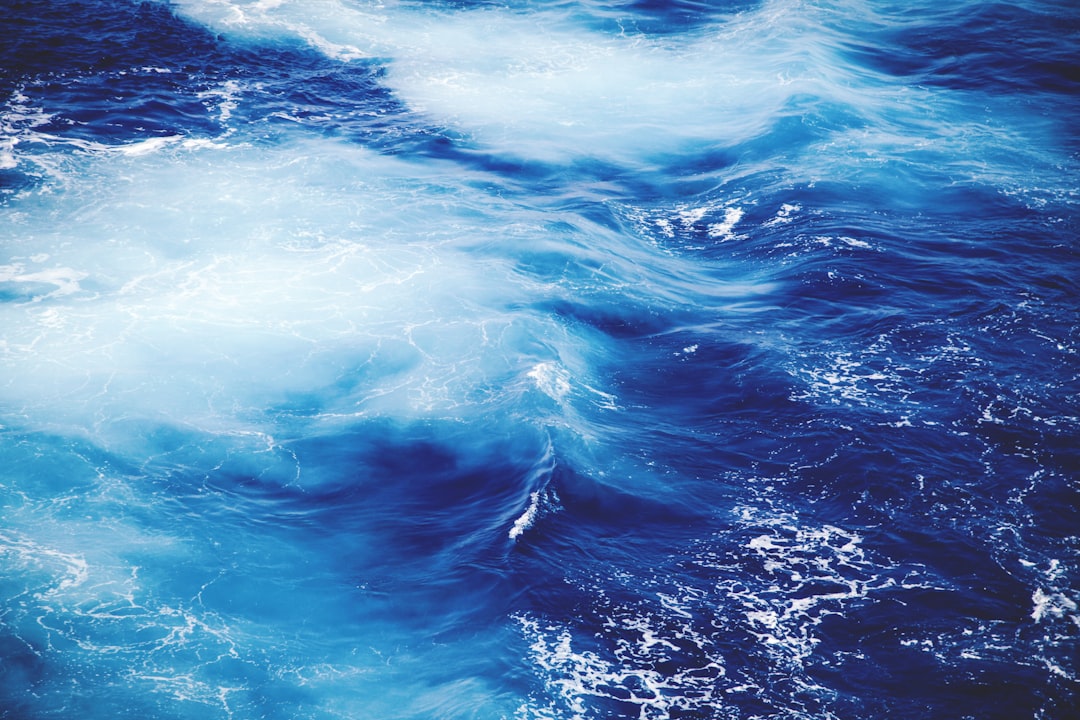What is it about?
The present study was conducted to investigate chemical compositions for finding controls on distribution of heavy metals and natural radioelements (U and Th) in groundwater resources of Shir-Kuh granitoid aquifer (SGA)
Featured Image

Photo by Johnny Brown on Unsplash
Why is it important?
Weathering of biotite enclosing accessory minerals of monazite and zircon is introduced as the main source of radio-trace elements in SGA. Health concerns are currently related to U in drinking groundwater, as the maximum concentration (13.6 μg/L) approaches the Iranian drinking standard of 15 μg/L, in response to the oxidizing nature of the groundwater, calcite dissolution-related mobilization, and the degree of the water–rock interactions.
Perspectives
Regarding the granitic lithology, heavy metals and radioelements are expected to be observed in water resources. The results showed that the heterogeneity and specific hydrogeological setting of the of the granitic mass causes spatial distribution of the trace elements. Aquifer geochemical signature resulted from weathering of the calcite and biotite, causes mobilization of the radioelement of U in concentrations near the maximum admissible values in drinking water. Based on the results, the main current and future health concerns in this aquifer are related to U as the salinity of the groundwater resources are being increased by the time.
Hadi Jafari
Shahrood University of Technology
Read the Original
This page is a summary of: Geochemical controls on the distribution of radio-trace elements in groundwater resources of Shir-Kuh granitoid aquifer, central Iran, Hydrology Research, April 2019, IWA Publishing,
DOI: 10.2166/nh.2019.129.
You can read the full text:
Resources
Contributors
The following have contributed to this page










